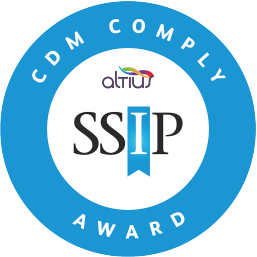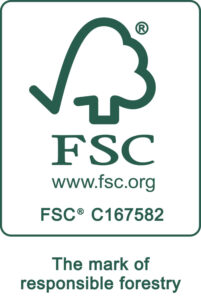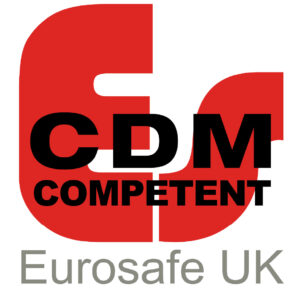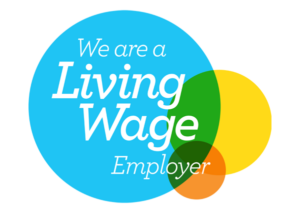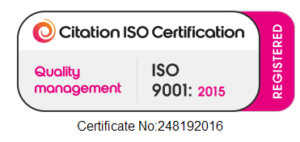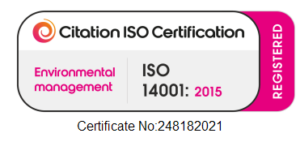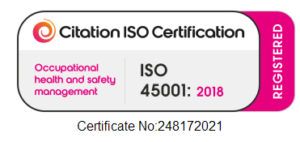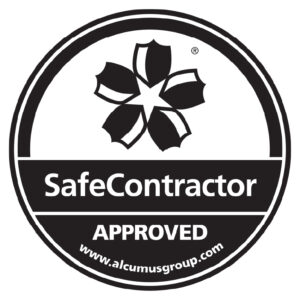Molly Forsyth
molly.forsyth@nuttall.co.uk - Sustainability - October 26 2022.
A project lifecycle in the world of retail can be unpredictable, especially when completing high-volume orders of fixtures and displays for multi-store projects. With that in mind, “reducing cost” and “being sustainable” seem to be two ideas in opposition… at first. How do you make such high-volume orders affordable with a low impact on the environment? Are there ways to improve the sustainability of the supply chain – from manufacturers and materials, to transport methods – that don’t incur unreasonable costs? The short answer is yes, but you have to think of the bigger picture.
What do retail project managers forget when calculating total cost of ownership?
When planning a retail construction project, it is tempting to lower cost at every stage as much as possible before going into production. It seems like sound logic, but it prioritises short-term cost over the total cost of ownership.
The total cost of ownership model encourages retail project managers to budget for their projects with the long-term cost to the business in mind. Instead of costing specifically for the timeline of the project from initiation to completion, you cost for however long the end product lasts, with the goal being as long as possible.
Cutting corners to stay under budget by any means necessary ends up being a higher price to pay than investing in a high-quality end product that stands the test of time. Low costs lead to high risk of poor-quality product that easily breaks or tarnishes, poor design that does not meet brief and must be redone, or poor installation that requires extra labour to refit.
Can you truly say a project was made affordably, if the business is paying the price for cheap materials, manufacture and labour long after the project is finished? With this in mind, cost and sustainability are not actually at odds with each other; they are completely intertwined.
How can sustainability be factored into part of the project lifecycle?
So, how can retail project managers optimise sustainability? To make a truly sustainable product, the process starts long before picking up tools.
Excellent project management ensures sustainability is considered from the initial briefing. Proper visualisation, value engineering and prototyping processes guarantee that the best materials, parts and design for a product are selected and are integrable into existing store layouts.
Bespoke retail solutions specifically for your brand can seem costly compared to ready-made offers, but they will be custom-made for reliability and longevity, not just aesthetics. This does not just mean quality of materials, but even the processes used. The construction methods and tools needed to make a fixture can greatly impact sustainability. Choosing fixtures that need less energy to make is not only more eco-friendly, but ultimately less costly. By prioritising sustainability first, you are “futureproofing” your retail fixtures and displays.
Beyond design and planning, it is important to reduce the miles and fuel used to transport your products. Investing in local labour has long seemed unappealing compared to the affordable options in territories like the Far East, but the price gap has shortened dramatically.
The Russia-Ukraine conflict, the long-term effects of Brexit and the supply chain bottlenecks caused by China’s strict COVID-19 regulations have massively disrupted the stability of the energy and raw materials markets. The logistical risk of the cheaper options abroad has increased too much to rely on it. Not only is staying local more sustainable, it has quickly become the best option for getting any project completed at all, let alone affordably.
How to reduce the cost of sustainability
The continuing difficulties within the international supply chain, combined with ongoing economic issues in the UK, have caused a sea change in how commercial teams for retailers are costing projects. While inflation on prices is predicted to cool down, many project managers are still seeking safer, and consequently more sustainable solutions.
However, before these unprecedented times, sustainability had become a popular buzzword within the UK business sector anyway. Companies began increasing their investment into ESG initiatives, due to growing pressure from eco-conscious consumers who want ethically-sourced and environmentally friendly products from the ground up.
This alone has not been enough for many commercial teams to truly commit to greener alternatives when costing materials and labour for their business’s projects, until now. Sustainability was once cost-prohibitive, but now that the demand for local and sustainable solutions have sky-rocketed due to ongoing supply chain difficulties abroad, the costs have started to lower and the supply has started to increase.
Retailers are officially moving away from reactive, consistent spending on non-renewable product that eats at budget. Sustainable products and concepts that were once novel have now become commonplace, from stands and displays made with recyclable materials, to refill stations for food staples and household essentials. These solutions were once a costly replacement to the status quo, but they have paid off. Customers are now bringing their own bags, refilling containers, and opting for click and collects, which means retailers are spending less on single-use-plastics, restocks and shipping for pre-packaged products. By investing in sustainability, the total cost of ownership for their store fitouts is actually reducing.
Can you be sustainable and optimise total cost of ownership?
As we re-emerge from a truly difficult period for retail, the focus of retailers has shifted on creating store fitouts that are built to last, rather than store fitouts completed with the cheapest solution possible.
Taking the step towards sustainability now will guarantee an optimised total cost of ownership for all your retail projects. Going all-in for sustainability from the initial planning stages not only optimises the quality and longevity of your fixtures and displays, but puts you in good stead to reduce the total cost of your store fitouts.
At Nuttall, we believe value is created from the briefing stage, with excellent end-to-end service from start to finish. That is why our retail solutions focus on every aspect of a project lifecycle, to ensure you get the best value product long after the project is finished. You can learn more about our process, PRISM, here, or request a callback from one of our experts.


